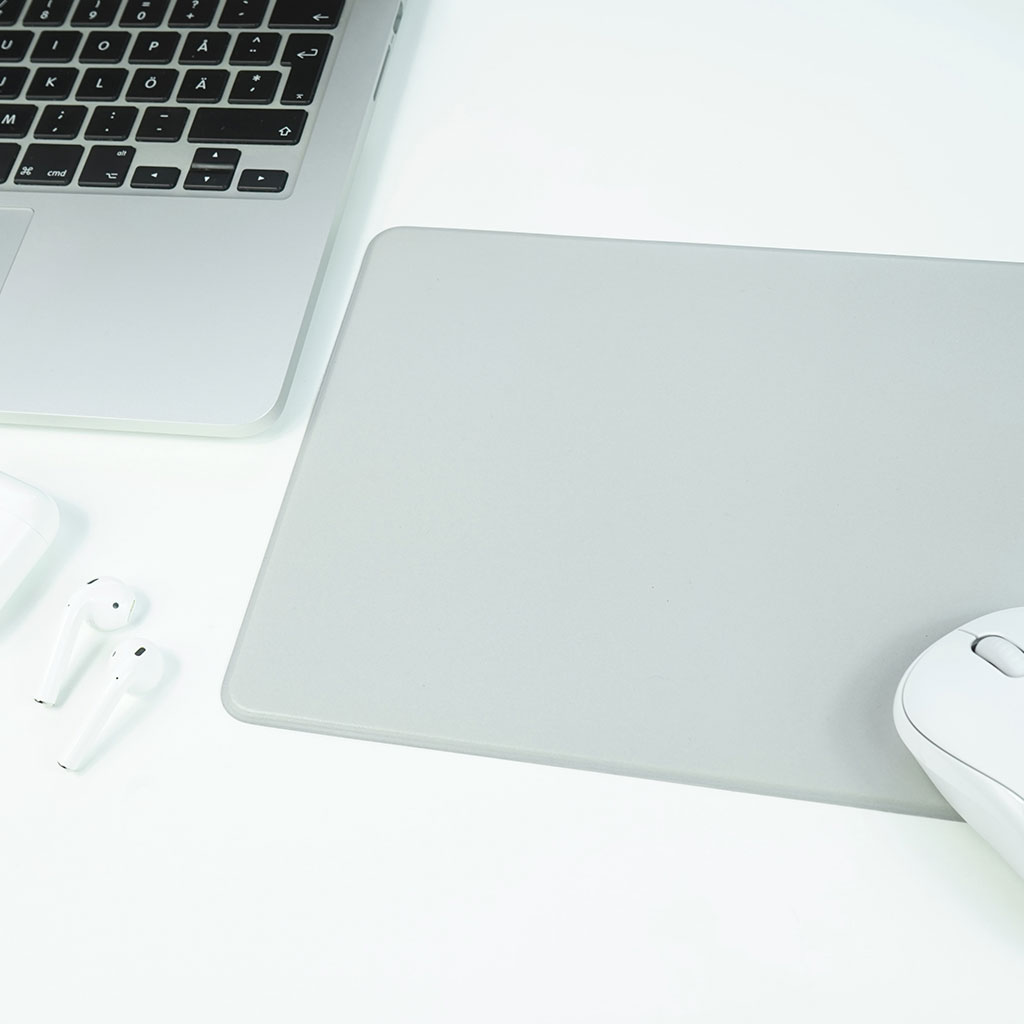What is right click on a MacBook
What is right click on a MacBook
Right-clicking on a MacBook might initially seem less intuitive compared to a traditional mouse setup. However, understanding how to effectively right-click is a fundamental skill for navigating and using macOS. This guide will walk you through various methods to perform a right-click on a MacBook, ensuring you can access context menus and additional options with ease.
What does “right click” mean on a MacBook?
On a MacBook, right-clicking refers to the action of clicking with the right side of the trackpad or an external mouse. This function is analogous to the right-click on a traditional computer mouse. When you right-click, it opens up a contextual menu that provides a range of options specific to the item you’ve clicked on. These options can include tasks like copying and pasting, renaming files or folders, accessing formatting options, and more.
Here are the common methods to perform a right-click on a MacBook:
- Two-Finger Click:
- Place two fingers on the trackpad and click. This simulates the right-click function.
- Control + Click: To perform the action, press and hold the Control key on your keyboard while simultaneously clicking the trackpad or mouse.
- This action triggers a right-click.
- External Mouse with Right-Click:
- If you’re using an external mouse with your MacBook, it likely has a dedicated right-click button. Clicking this button achieves a right-click.
- Using a Secondary Click:
- In System Preferences, you can set up a “Secondary Click” option. This allows you to right-click by clicking in a specific corner of the trackpad.
- Enable Tap to Click:
- You can enable the “Tap to Click” feature in the Trackpad settings. This allows you to simulate a click by tapping the trackpad with one finger. To perform a right-click, tap with two fingers.
By mastering these methods, you can efficiently perform right-click actions on your MacBook for various tasks and applications.
How does the right-click function contribute to the overall user experience and productivity on a MacBook?
The right-click function plays a pivotal role in enhancing the user experience and productivity on a MacBook. It grants users immediate access to context-specific options and actions, tailored to the item or area they’ve interacted with. For instance, when using the trackpad, a two-finger click or a click on the right corner of the pad simulates a right-click. Similarly, with an external mouse, the secondary button serves this purpose. This provides a convenient means of interacting with applications, files, folders, and web content, offering a plethora of choices at the user’s fingertips. Moreover, it allows for quick editing, formatting, or manipulation of elements, which significantly expedites various tasks.
For those utilizing third-party mice, customizing right-click options can be done to align with personal preferences. This adaptability further refines the user’s experience, making it a seamless and intuitive process. Apple’s Magic Mouse, for instance, has a touch-sensitive surface, enabling users to right-click by tapping on the right side. The default settings are user-friendly, but with mouse settings, individuals can fine-tune the behavior to best suit their needs. This level of flexibility empowers users to tailor their MacBook experience to their unique workflow, contributing significantly to enhanced productivity and efficiency.
How does right-clicking on a MacBook compare to the right-click function on a Windows-based computer?
Right-clicking on a MacBook and a Windows-based computer shares a fundamental similarity in that it provides context-specific options and actions, but there are some notable differences. On a MacBook, the default right-click method involves using the trackpad or an external mouse with a secondary button. Users can tap with two fingers on the trackpad or click the right corner to initiate a right-click action. The MacBook’s multi-touch trackpad also allows for various gestures, providing a range of functions when right-clicking, such as accessing the context menu, opening links in new tabs, or previewing files. Additionally, with Apple’s Magic Mouse, a touch-sensitive surface enables users to right-click by tapping on the right side.
In contrast, Windows-based computers typically feature a more traditional right-click setup with a dedicated right mouse button on most mice. Users can right-click by simply pressing the right button, which is a separate physical button from the left one. This method tends to be more intuitive for individuals who are transitioning from a conventional mouse setup. However, Windows also supports multi-touch gestures on touchpads, similar to MacBooks, allowing for some flexibility and additional features. Overall, while the core function of right-clicking remains consistent, the method of execution can differ based on the hardware and the operating system, with both systems offering their own advantages and ease of use.





You must be logged in to post a comment.